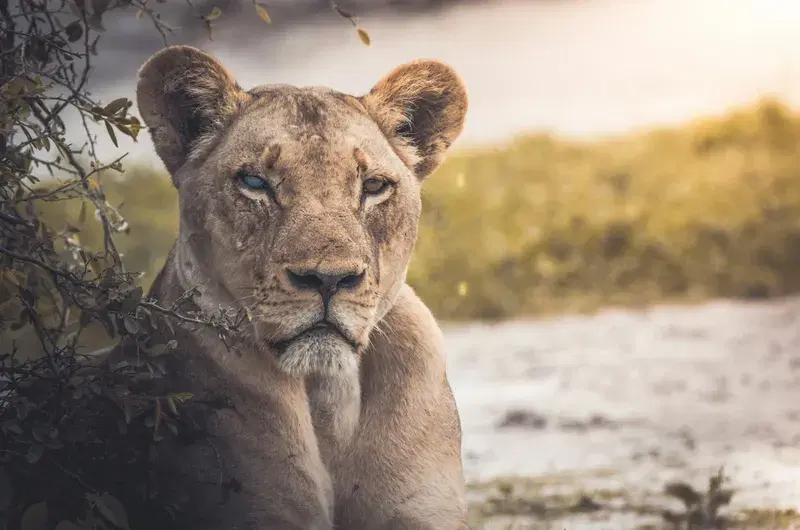Connecting with Nature: The Therapeutic Benefits of Wildlife Observation


Connecting with Nature: The Therapeutic Benefits of Wildlife Observation
In our fast-paced, technology-driven world, finding moments of mindfulness can be challenging. However, immersing yourself in the natural world through wildlife observation can offer profound benefits for your mental wellness. This article explores how nature therapy can enhance your well-being while promoting eco-friendly living.
The Essence of Nature Therapy
Nature therapy is the practice of connecting with the natural world to rejuvenate the mind and body. Engaging with nature has been shown to reduce stress, improve mood, and enhance overall mental health. One of the most accessible forms of nature therapy is wildlife observation. Watching animals in their natural habitat not only fosters appreciation for biodiversity but also serves as a calming, meditative experience.
Benefits of Wildlife Observation
1. Enhances Mindfulness
When observing wildlife, you are prompted to focus on the present moment. The act of quietly watching animals encourages a deep sense of mindfulness. You become attuned to the sounds of rustling leaves, the calls of birds, and the subtle movements of creatures, creating a rich tapestry of sensory experiences. This practice can ground you, helping to alleviate anxiety and promote a sense of peace.
2. Boosts Mental Wellness
Research indicates that spending time in nature can significantly improve mental wellness. Engaging in wildlife observation allows you to disconnect from daily pressures and immerse yourself in a serene environment. The joy of spotting a majestic animal, such as a deer grazing or a tiger lying on grass, can evoke feelings of happiness and connection to something greater than ourselves.
3. Encourages Eco-Friendly Living
By observing wildlife, you develop a deeper appreciation for the environment. This connection often leads to a desire to engage in eco-friendly living practices. Whether it’s reducing plastic use, supporting wildlife conservation, or planting native species in your garden, the insights gained from wildlife observation can inspire sustainable choices that protect our planet.
How to Get Started with Wildlife Observation
1. Choose Your Location
Find a local park, nature reserve, or wildlife sanctuary where you can observe animals in their natural habitat. Research the best times for wildlife activity, such as early mornings or late afternoons.
2. Equip Yourself
Bring along binoculars, a field guide, or a smartphone for identification purposes. Consider a notebook to jot down your observations, which will enhance your engagement and mindfulness.
3. Practice Patience
Wildlife observation requires patience. Spend time in silence, allowing animals to feel safe and come into view. The more time you invest, the more rewarding the experience can be.
4. Reflect and Appreciate
After your observation session, take a moment to reflect on the experience. What did you see? How did it make you feel? This reflection can deepen your understanding of the connection between wildlife and your own well-being.
Conclusion
Connecting with nature through wildlife observation not only enriches your life but also promotes mental wellness and supports eco-friendly living. By embracing nature therapy, you can cultivate a greater appreciation for the environment and foster a sense of peace and happiness in your daily life. So, grab your binoculars, head outdoors, and start your journey towards a more mindful and connected existence.